Johanna Trochez
9 semesters and 1 internship semester
$ 11.570.000 COP
Responding to a growing market that requires professionals capable of facing the digital transformations that are rapidly reconfiguring social, economic and political structures, our Interactive Media Design Program covers the two all-important disciplines of computer science and design.
In that context, our Interactive Media Designers are independent, creative and dynamic professionals, capable of adapting to market variations and responding to the demand for new digital products and services.
Through a training focused on the intersection between design and technology, a holistic vision of human-computer interactions is forged in students, allowing them to discover, define, develop and deliver effective solutions where humans or groups are the center of experience.
The study plan is structured in two areas:
The specific curriculum is structured around five professional competencies developed throughout their career:
These competencies train the students to solve complex problems using systematic design processes and using research as the key to understanding the behavior of users (objectives, tasks, experiences, needs and desires) through qualitative and quantitative techniques with a focus on user experience.
Research expertise allows students to understand people in depth in order to place them at the center of the design process, as well as generate alternatives that will overcome existing solutions with innovative digital products or services.
The principles and foundations of design become tools to create functional and intuitive user interfaces with high graphic quality and the aim of generating the best experience in people.
The learning of diverse techniques in the production of images, audio, video and 2D / 3D animation, allows students to create high quality multimedia contents; and the key to problem solving and learning different programming languages is algorithmic thinking and logical-mathematical principles.

 The Program has High Quality accreditation issued by the National Accreditation Council (CNA) of the Ministry of National Education. This accreditation is obtained through a voluntary process that includes verification and review by academic peers and indicates that a university program meets the quality standards established by the ministry. The Accreditation must be renewed periodically.
The Program has High Quality accreditation issued by the National Accreditation Council (CNA) of the Ministry of National Education. This accreditation is obtained through a voluntary process that includes verification and review by academic peers and indicates that a university program meets the quality standards established by the ministry. The Accreditation must be renewed periodically.
In 2015, the Ministry of National Education granted Icesi University the renewal of the High Quality Institutional Accreditation until 2021. This is a recognition of the permanent commitment of Icesi within the region and the country, to maintain high standards of quality in the development of the functions of training, research and social outreach, as well as administrative support work.
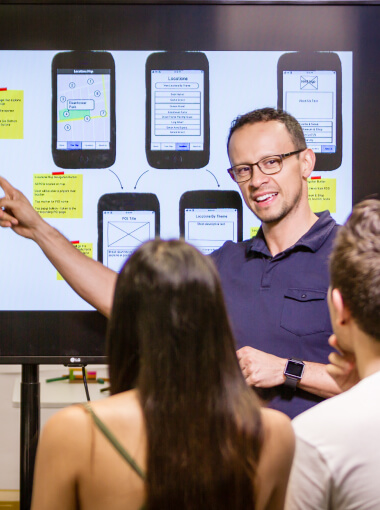
This is a profession in growing demand, thanks to the continuous expansion of the software industry and interactive digital content. Currently, these markets represent at least 7% of world GDP and in Colombia more than 90% of households, and 70% of companies consume these type of products
Companies need professionals capable of facing the profound economic, social and cultural changes that are affecting their business. In this context, the Interactive Media Design professional can count on high employability, nationally and internationally. Proof of this is that 30% of our graduates work in prestigious international companies and 40% of them in recent years have done academic exchange abroad.
In contrast, given the comprehensive training (with emphasis on the development of entrepreneurship that distinguishes the Icesi University), these market opportunities also translate into tangible possibilities for entrepreneurship. More than 18% of the graduates of the Interactive Media program are entrepreneurs who actively contribute to the development of our region and our country.
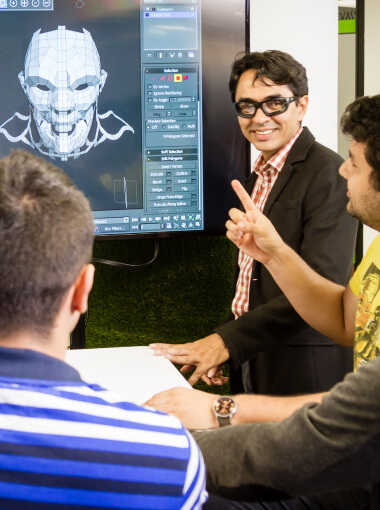
The objective of the Interactive Media Design program is to train professional designers with the ability to discover, define, develop and deliver innovative interactive systems and quality digital content that benefits society and the productive sector.
Icesi University offers its students the possibility of expanding their worldviews and their professional perspectives through significant international experiences around the areas of design, culture, technology and innovation.
The students will have the opportunity to do a semester or year of academic exchange abroad, international missions, courses, workshops and conferences with high-level international guests and interaction with exchange students.
International academic missions of the Interactive Media Design program:
Icesi University agreements around the world:
These are direct cooperation agreements with universities and higher education institutions of high academic and research level abroad. Students can opt for academic exchange, double degree or research programs. They cover universities in Europe, Asia, North America, Latin America and Australia.
Icesi University is the only Colombian university member of the "International Student Exchange Program" (ISEP), which includes more than 300 universities in about 50 countries. Students can obtain different benefits in terms of accommodation, transportation and food, and choose to do the exchange with any of the member universities.
It allows exchange with accredited universities and institutes of higher education in Germany that are part of this voluntary association.
Icesi University is part of the group of accredited universities of Colombia "Challenge Your Knowledge" (CCYK), which allows exchange with the consortium of the accredited Canadian universities of Alberta, Laval, Dalhousie and Ottawa (CALDO).
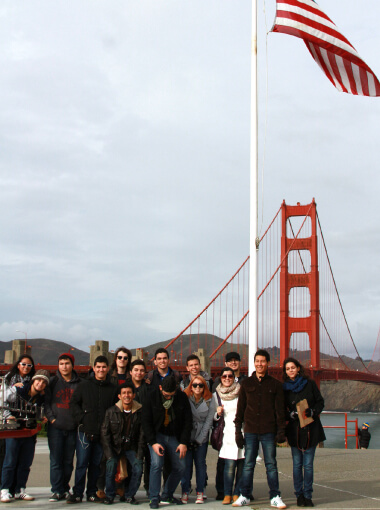

To qualify for study, Interactive Media Design candidates must have strengths in quantitative reasoning, and in creative, analytical and reflexive capacity as well as an interest in artistic expressions (drawing, music, animation or photography), video games, digital applications, software and computer technologies in general.
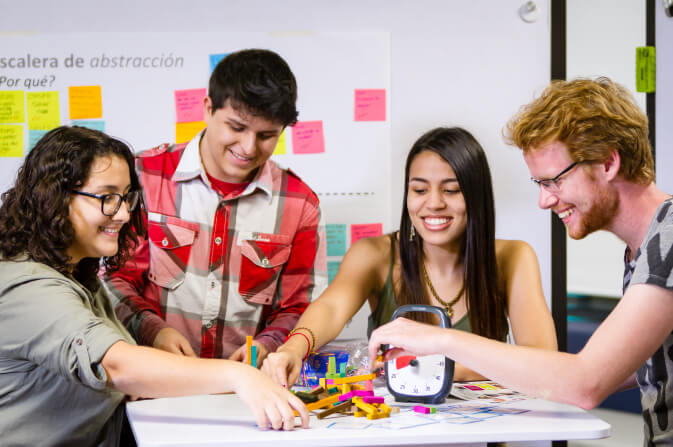
Our Interactive Media Designers are professionals prepared to face the challenges of interaction and communication posed by the digital context to society and the productive sector. They are professionals able to investigate, conceptualize, design, develop, and commercialize interactive systems and digital content for various platforms.
In the organizational context, they are able to lead multidisciplinary teams, work effectively with others, critically understand the world around them, and clearly communicate their ideas. Their critical and ethical attitude allows them to build social, political and environmental well-being.
Thanks to a solid background in design and extensive knowledge in technology, Interactive Media Designers are highly qualified to:
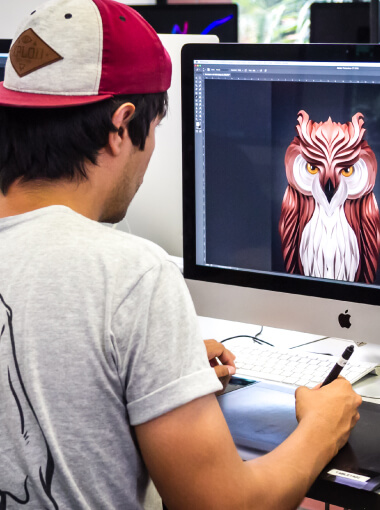
The work spectrum of Interactive Media Designers is very broad. They operate productively in the software, communication, advertising, education and entertainment industries.
The global economy and consumption patterns take new directions along with technological development, which creates the opportunity for professionals in Interactive Media Design to perform as interaction designers, user experience researchers, designers of interfaces, front-end developers, information architects or digital project managers, among others. All are profiles highly demanded in national and international industries.